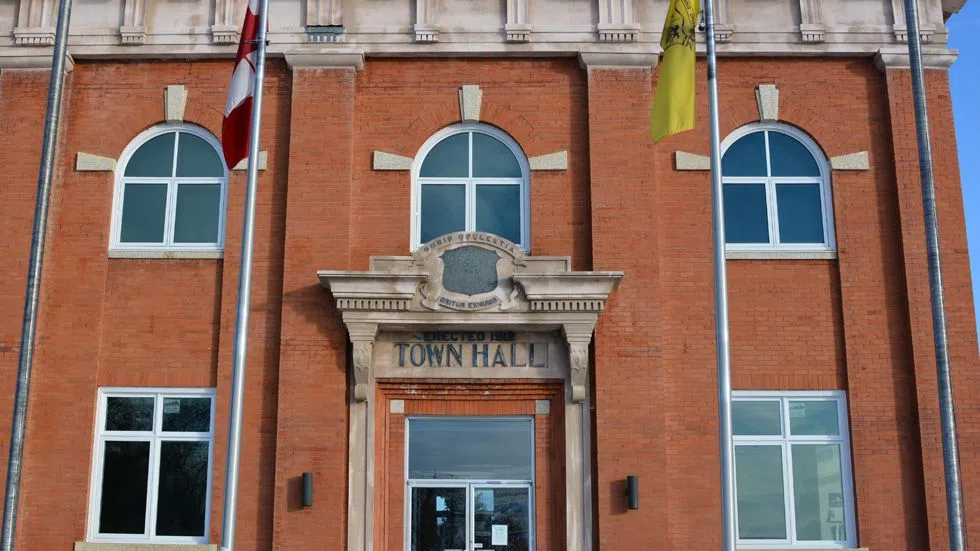
Lagoon funding, attracting businesses top town budget public hearing
A slowdown in the economy and some big-ticket items to pay for down the road has the Town of Battleford eyeing marginal hikes to property taxes and utility rates in their 2019 budget.
Proposed is a two per cent property tax increase, which equates to approximately $32 per year. For utilities, the average resident could see roughly $72 added to their bill annually, expected to bring in around $116,000 to government coffers.
The utility bumps come as the town moves to more of a user pay model for the sole purpose of funding the necessary wastewater lagoon upgrades, which carry a price tag near $5 million. The rates are anticipated to be approved by the Saskatchewan Municipal Board this spring. Utility rates have not been increased since 2012.
Monday night, the town held their first public hearing in a number of years for budget deliberations. CAO John Enns-Wind outlined the town’s growing population, priorities for today and down the road, and challenges and opportunities on the horizon.


